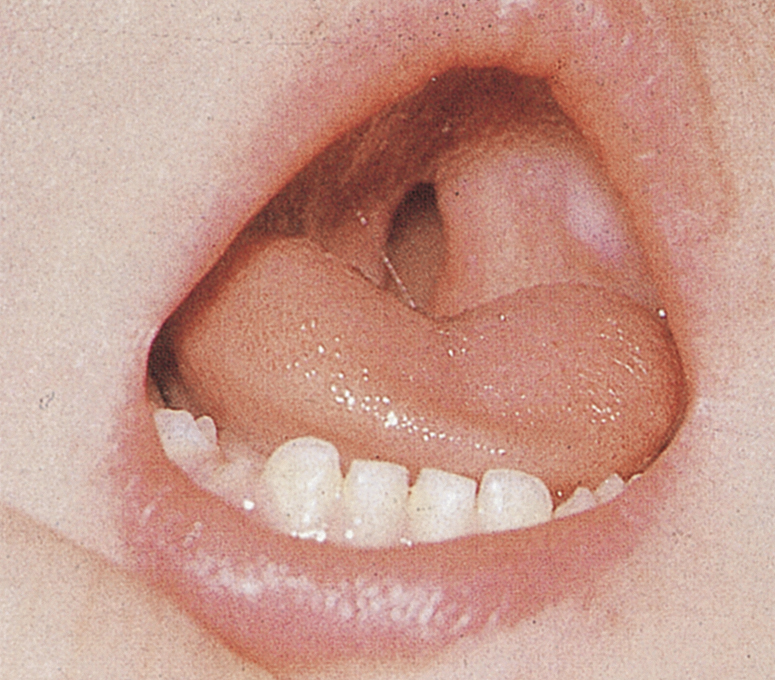cleft palate, a congenital defect characterized by a fissure in the midline of the palate, resulting from the failure of the two sides to fuse during embryonic development. The fissure may be complete, extending through both the hard and soft palates into the nasal cavities, or it may show any degree of incomplete or partial cleft. The condition exhibits prevalence variations according to race, and is often associated with a cleft in the upper lip. Together these abnormalities are the most common of the craniofacial malformations, accounting for half of the total number of defects. Feeding is best accomplished with special devices. Surgical repair of the defect is usually done in the first year of life. Care of the child requires a team approach that can include an oral and maxillofacial surgeon, a plastic surgeon, orthodontist, dentist, nurse, speech and hearing therapists, and social workers. Long-term postoperative problems, including speech impairment and hearing loss, improper tooth development and alignment, chronic respiratory and ear infections, and varying levels of emotional and social maladjustment, may be largely prevented by modern techniques and reconstructive surgery. See also cleft lip.

